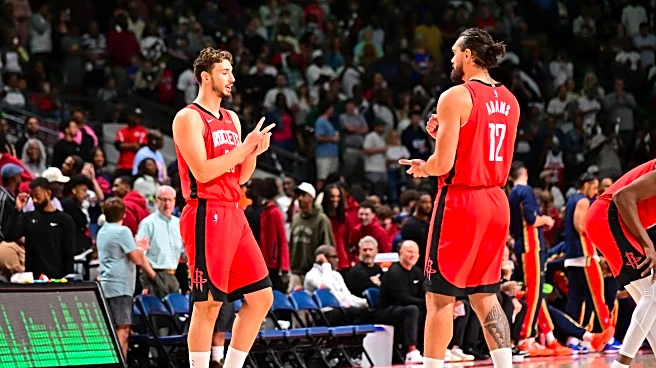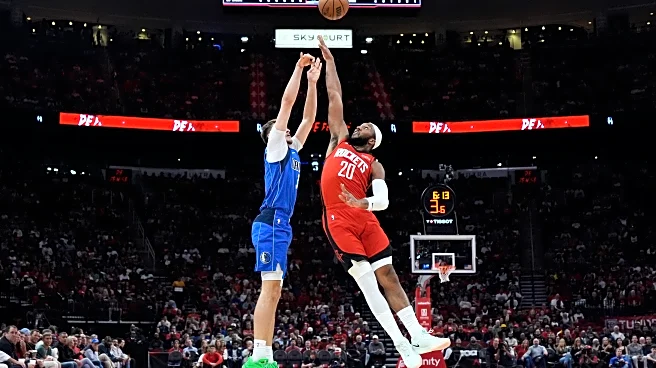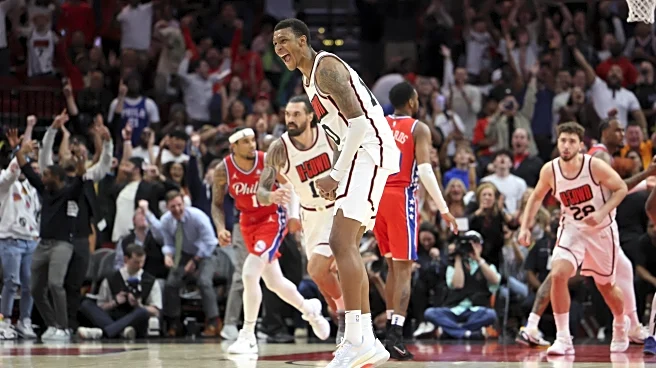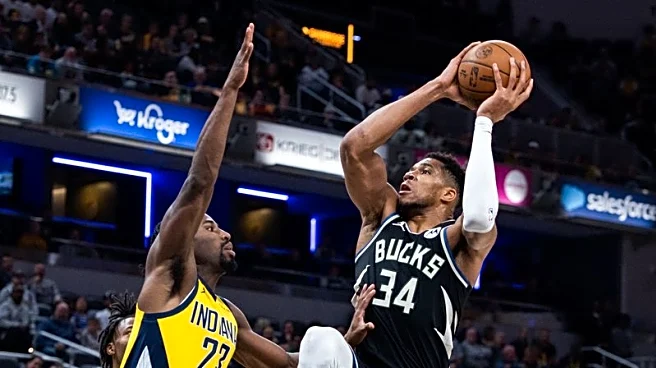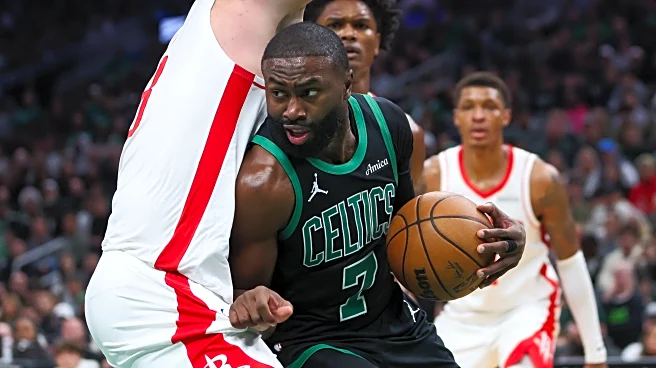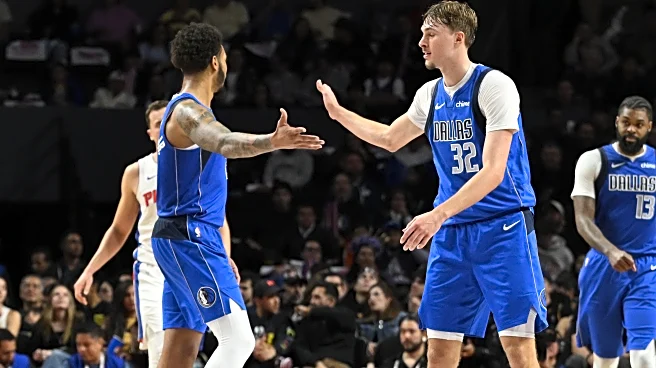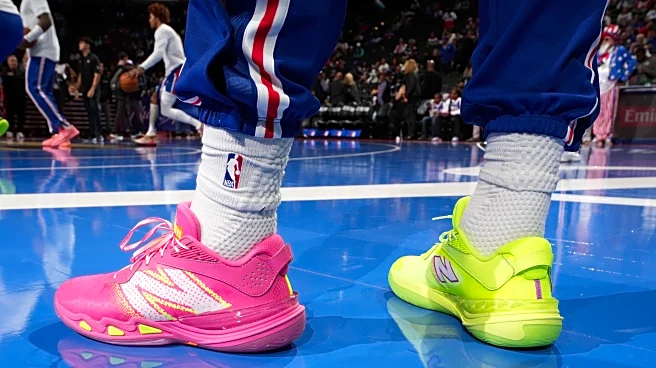Going into the season, fans and media alike wondered how Houston’s offense would perform with the addition of Kevin Durant and the loss of Fred VanVleet. However, despite the loss of Fred VanVleet and the task
of integrating new players into the lineups, Houston has the best offensive rating at 123.2, according to NBA.com. So what gives? How has Houston gone from a middling offense to one of the best in the NBA? The answer is two words: double big.
After the acquisition of a healthy Steven Adams, not many initially expected coach Ime Udoka to try running both Alperen Sengun and Steven Adams together. But by late in the year last season, leaning into the high offensive rebounding rate of such Sengun-Adams lineups helped the Rockets finish the 2024–25 season strong.
It was believed that Houston’s 2025–26 offense would appear a little more conventional after adding Durant in the 2025 summer. However, VanVleet’s injury in September altered the strategy, and the Sengun-Adams combination is once again overcoming those seeming obstacles. Enter Steven Adams and the double big lineup.
The double big lineup provides Houston with rim protection, size, and rebounding power, and causes mismatches by making opponents contend with greater length and interior presence. As a result, the Rockets are in a better position to grab offensive rebounds when two big men are crammed into the glass, and so far this season, Houston’s offensive rebounding percentage is best in the NBA at 42.1% according to NBA.com. This means that on almost every one of two missed baskets, the Rockets get a second chance at an offensive possession, turning an otherwise empty trip down the court into a potential scoring play.
The double big lineup has advantages on the defensive side as well, as the additional size aids in rim protection, shot modification, and drive deterrence, and provides mismatches elsewhere as the Rockets’ wings or forwards can take advantage of smaller defenders when opponents switch on these bigs with smaller lineups or guards. For instance, wings like Jabari Smith Jr. are exploiting smaller players, the same with Alperen Şengün playing at power forward.
However, no matter the benifets, the double big lineup is not without its weaknesses. To start, because there are typically fewer natural shooters on the court when there are two bigs, opposition defenses run the risk of sagging inside or contesting mid-range more successfully. Additonally, ultra-small, quick lineups that drive, make threes, space the floor, and push the tempo can be difficult for larger lineups to match. The Rockets must make sure that their guards and wings are able to cover ground, and if the perimeter isn’t well guarded, the double large may be exposed against teams that have several outstanding shooters or speedy guards. The double big lineup is best used in small spurts or depending on other teams personel.
You can catch the Houston Rockets tonight as they take on the Memphis Grizzlies in Memphis at 7:00 central on Space City Home Network, or NBA Leauge Pass.
